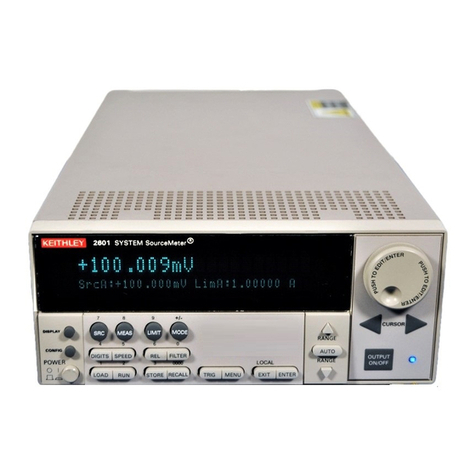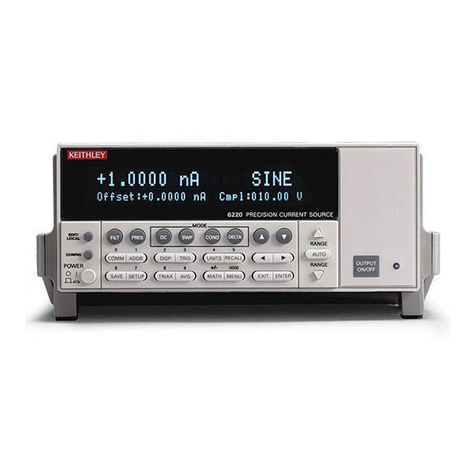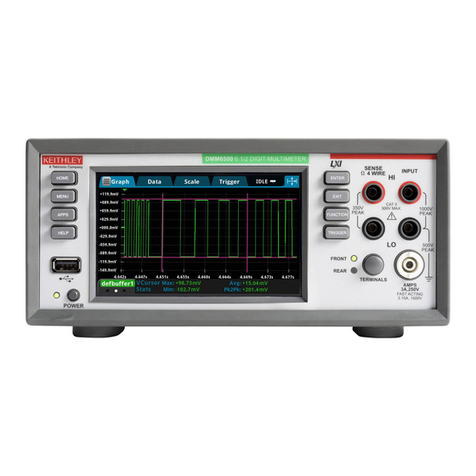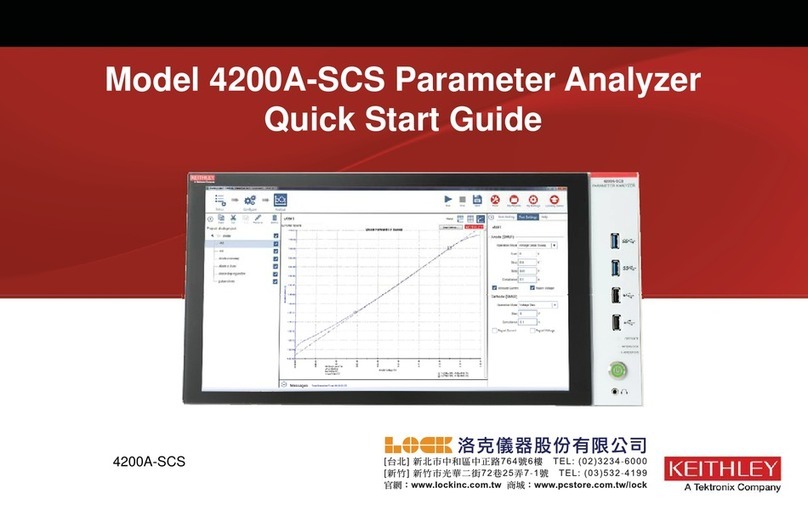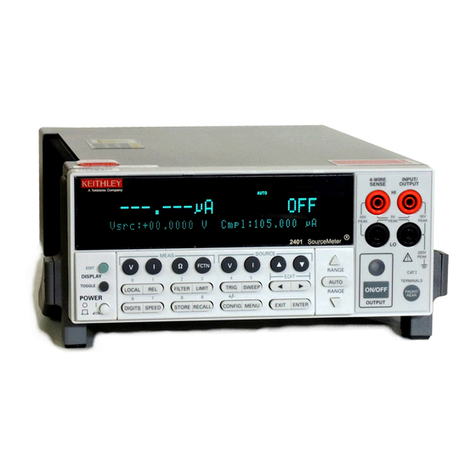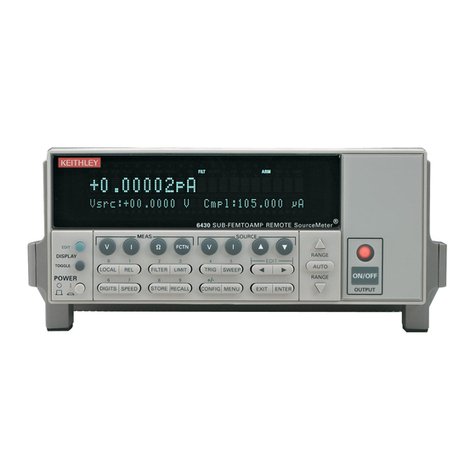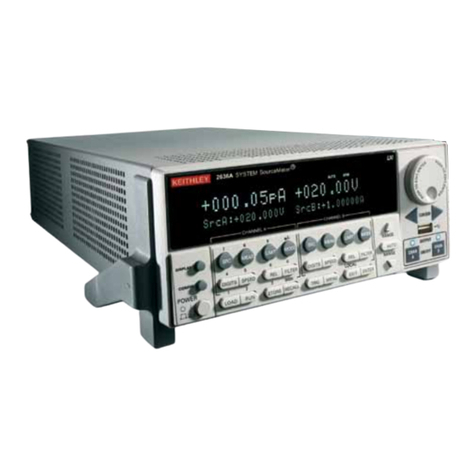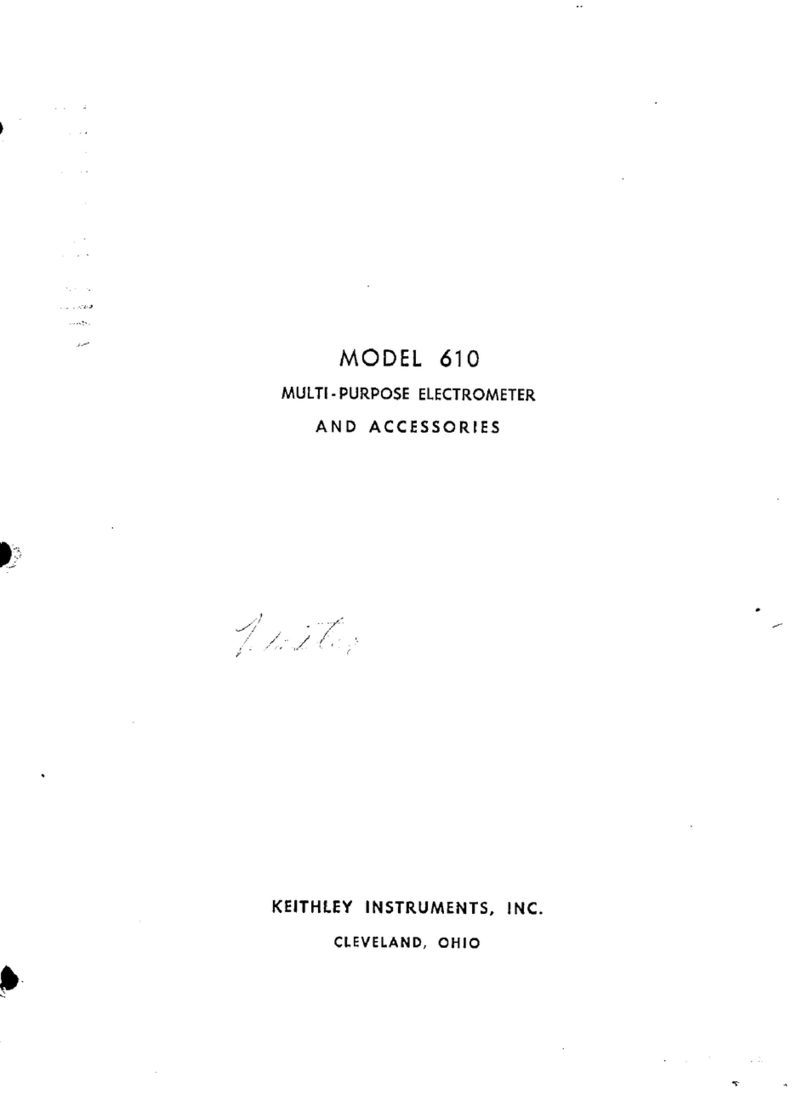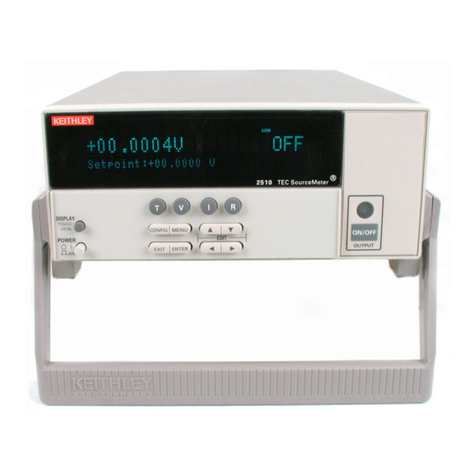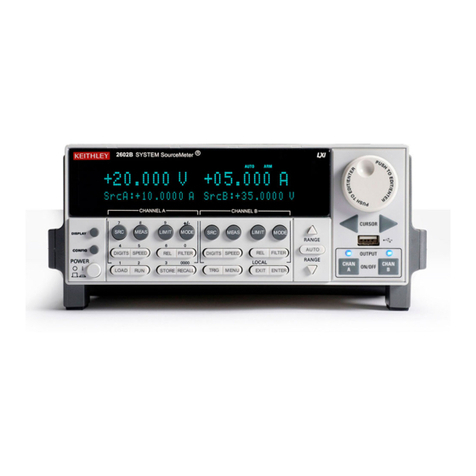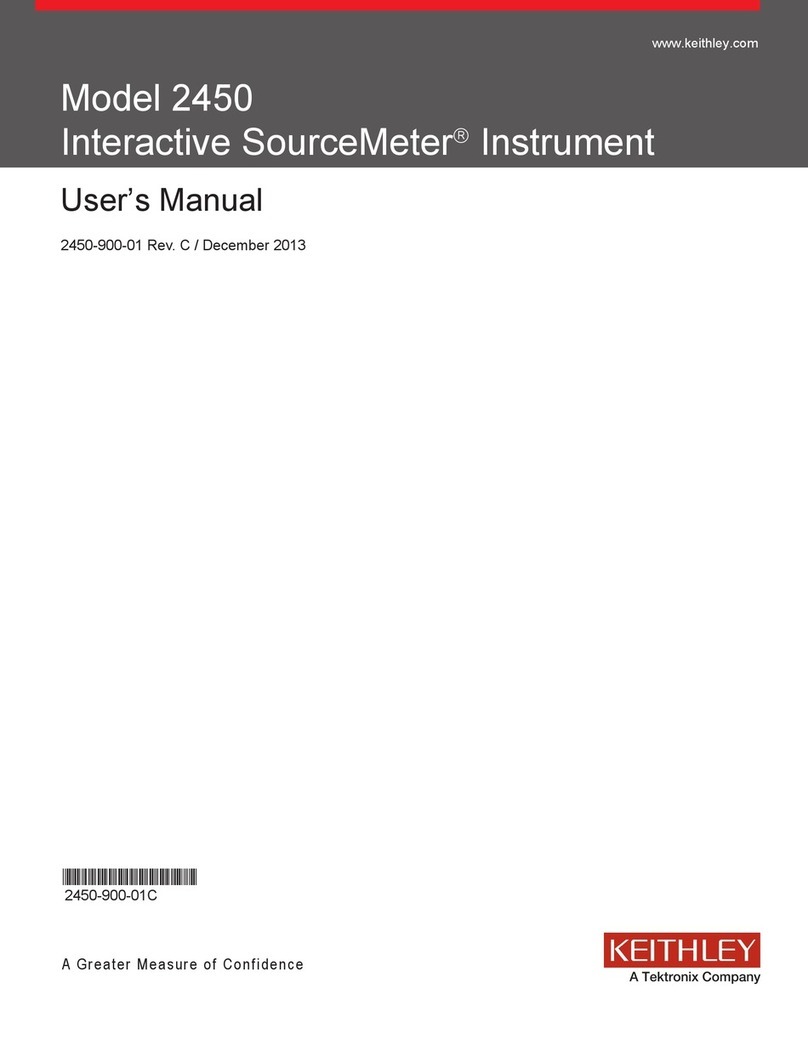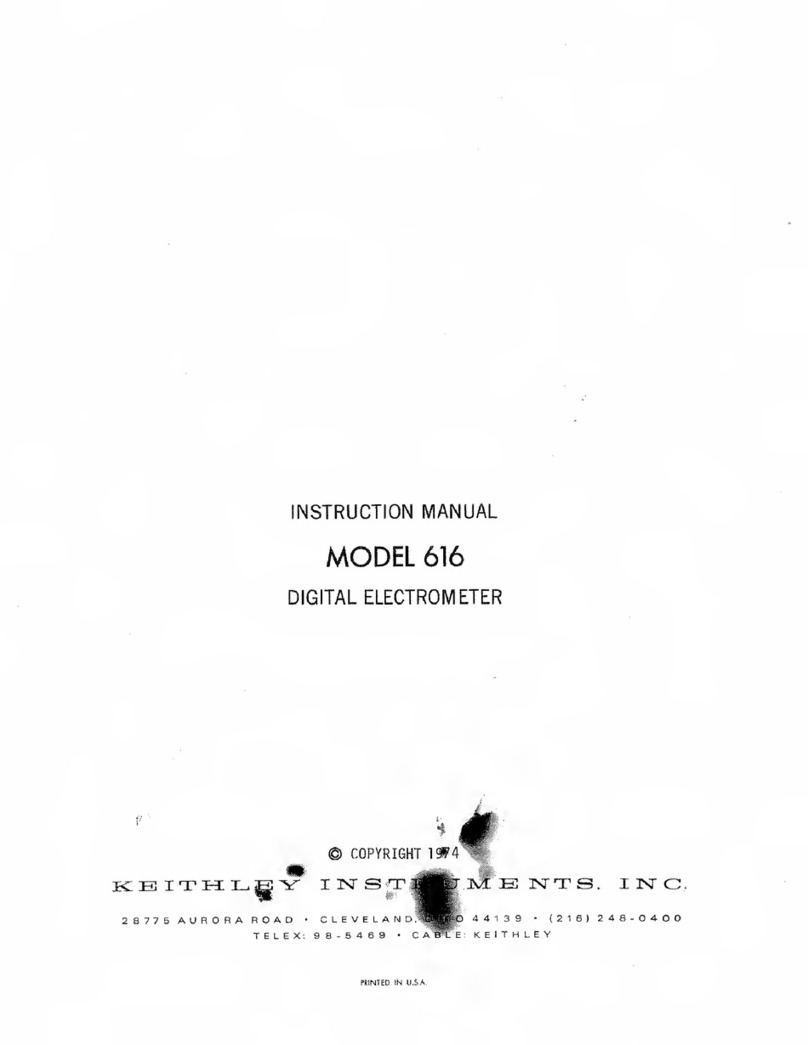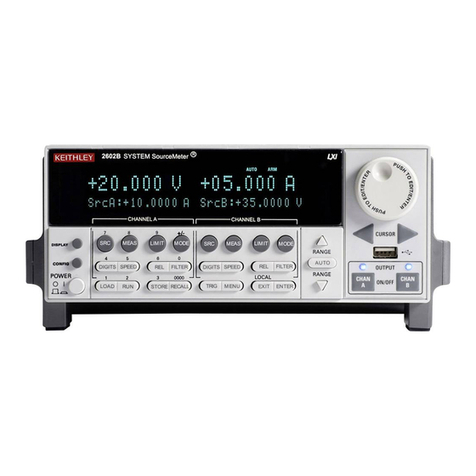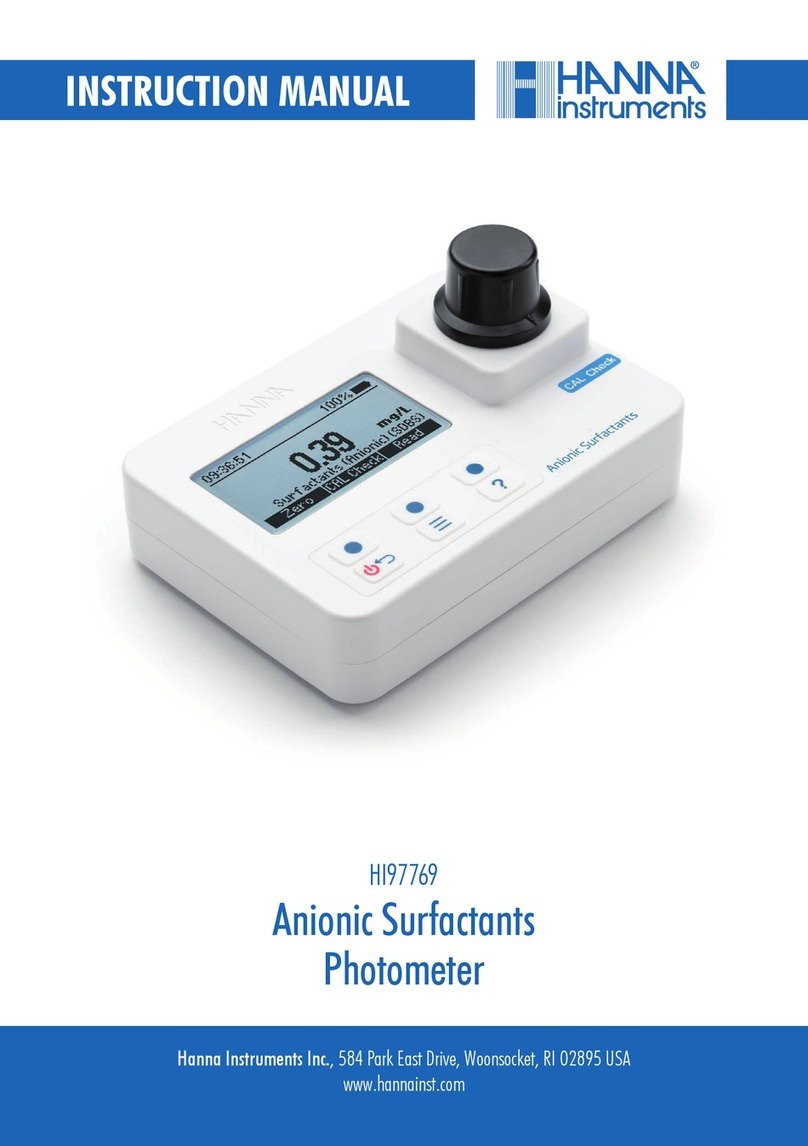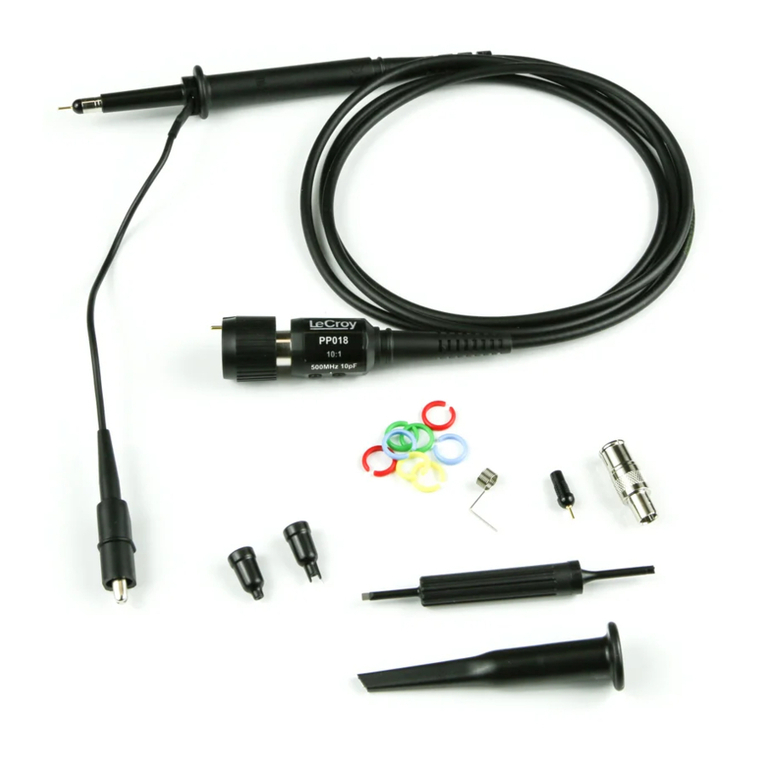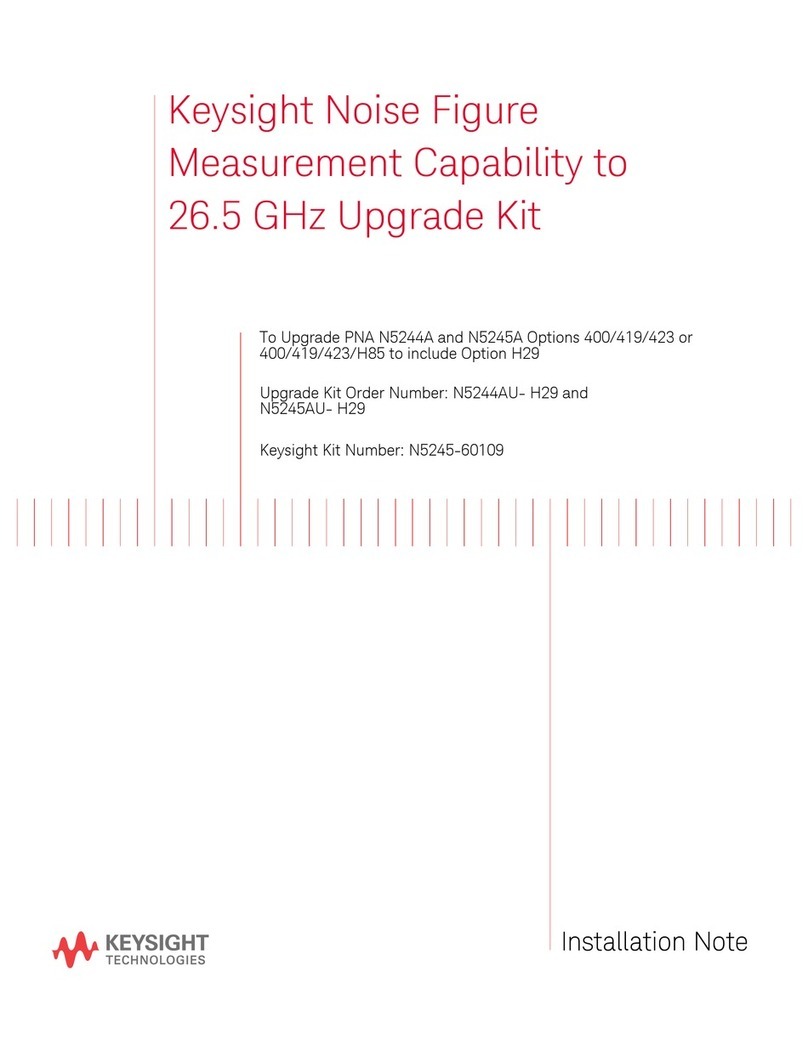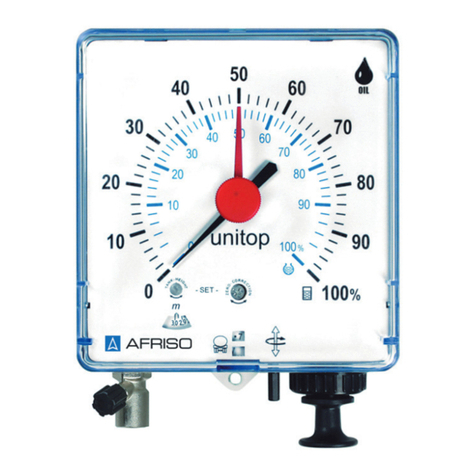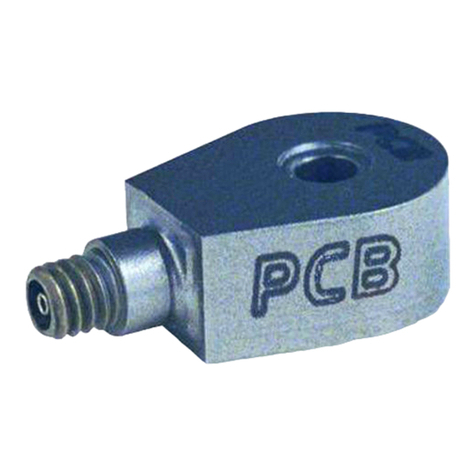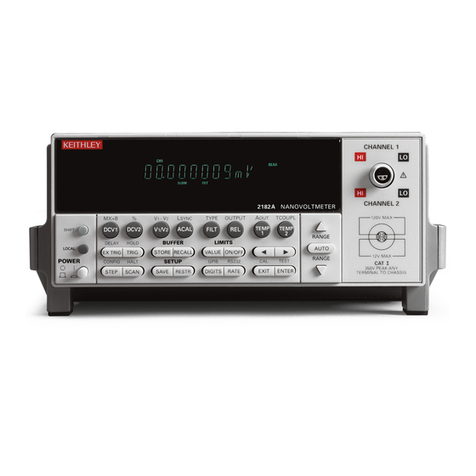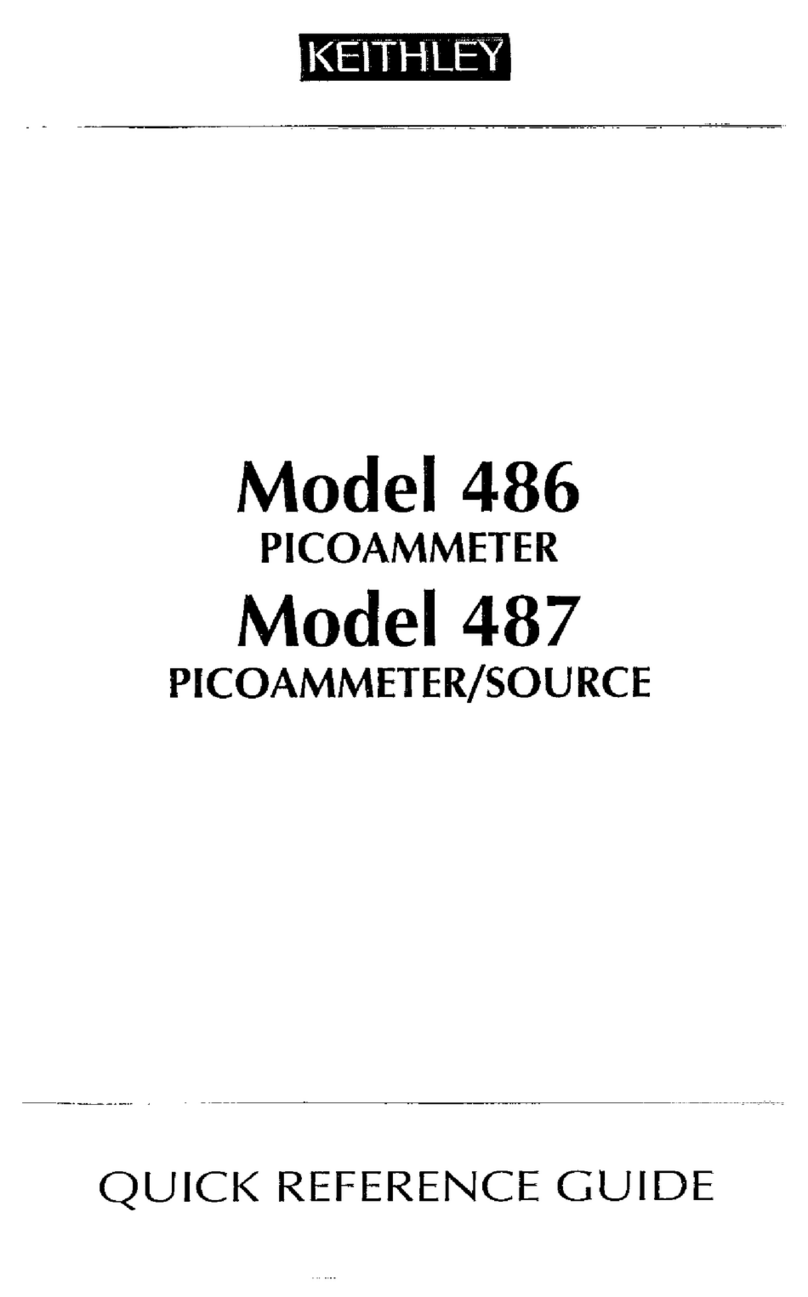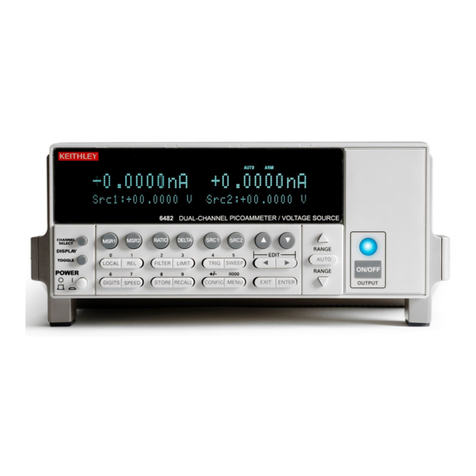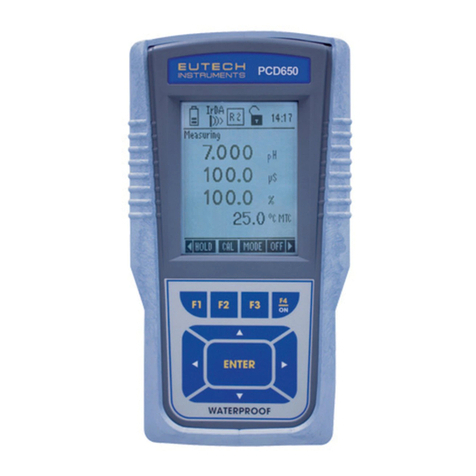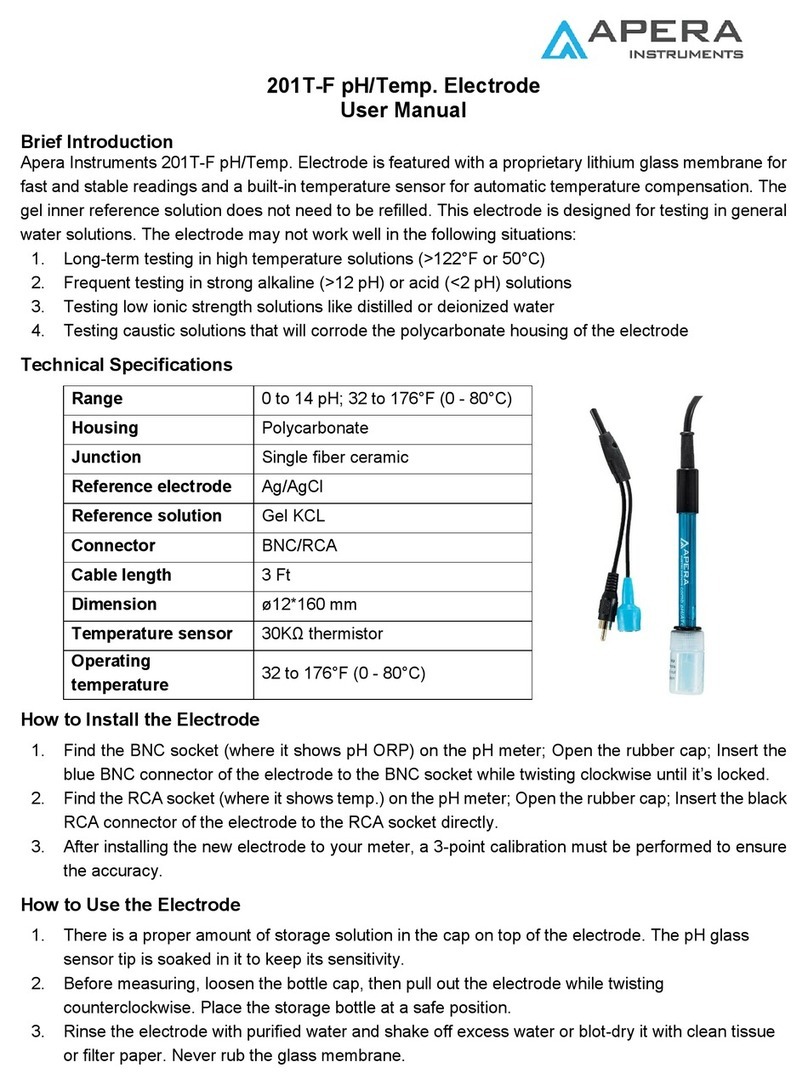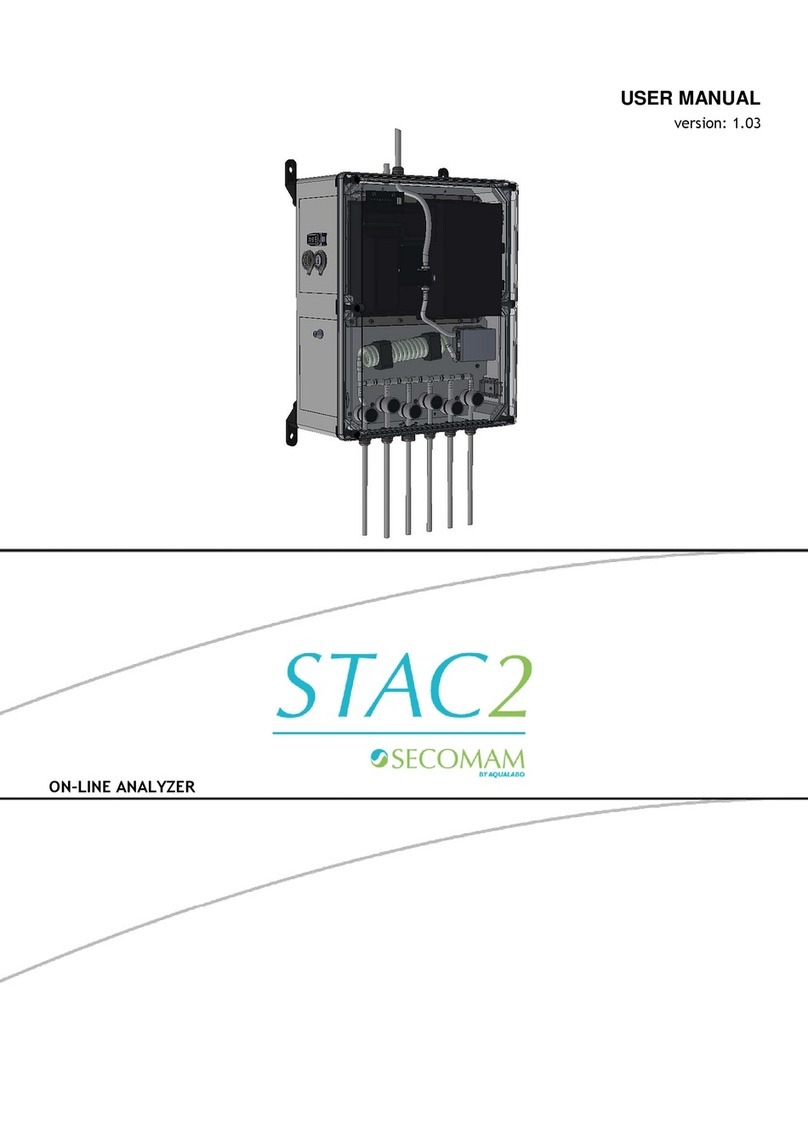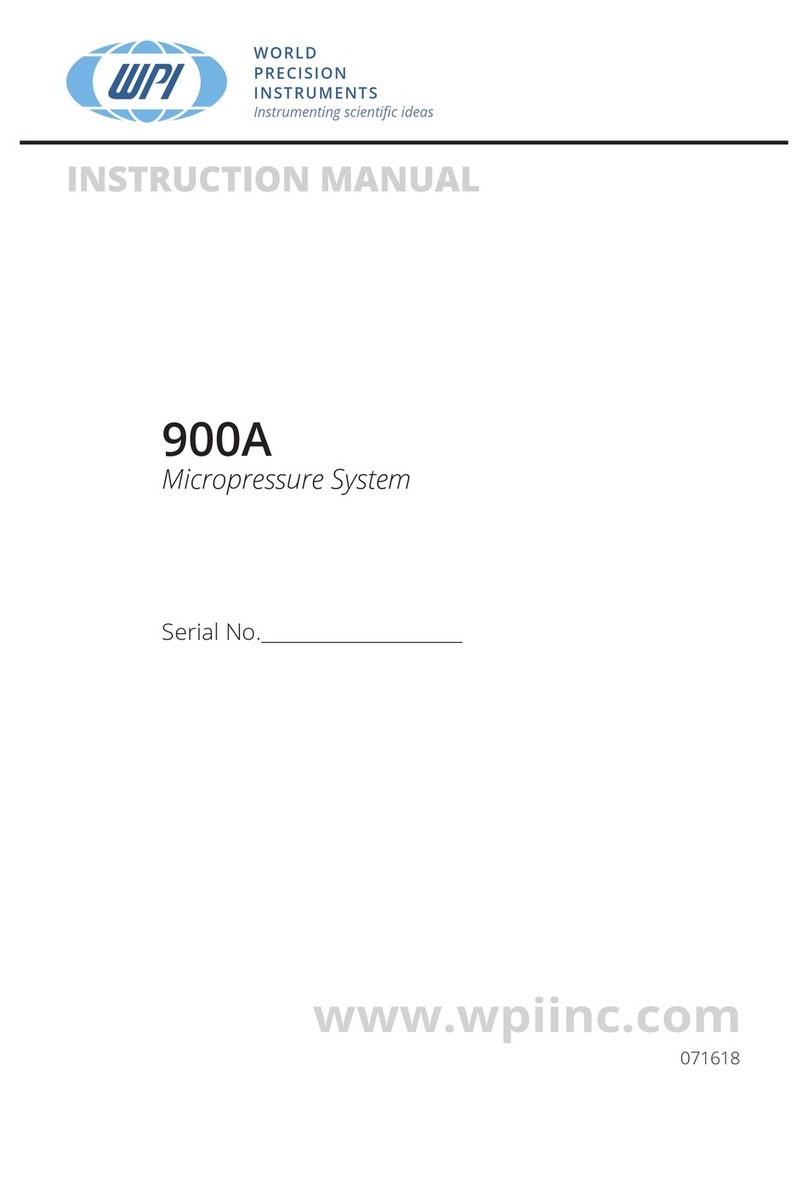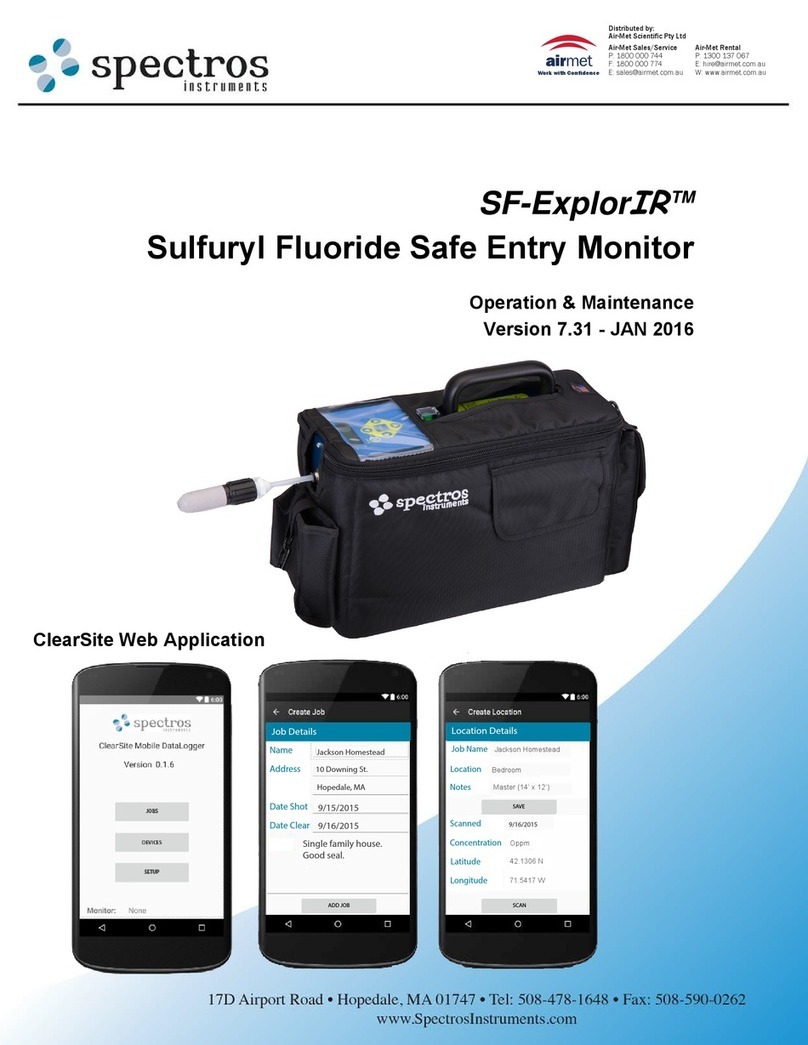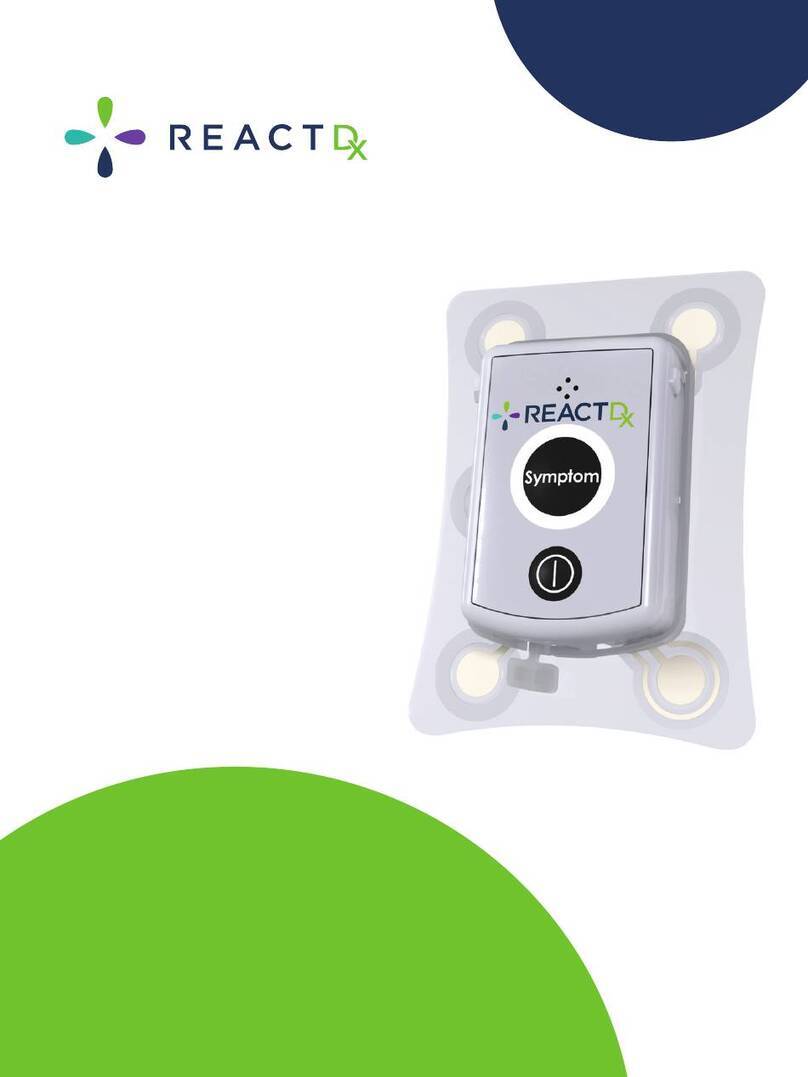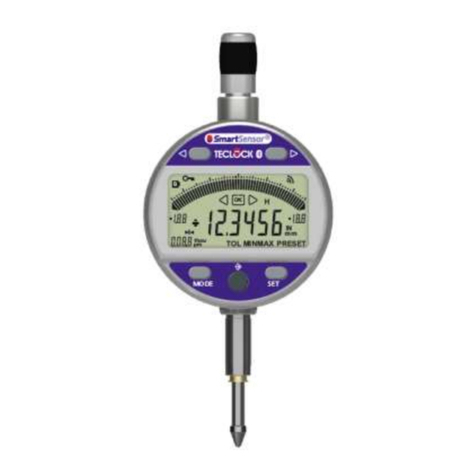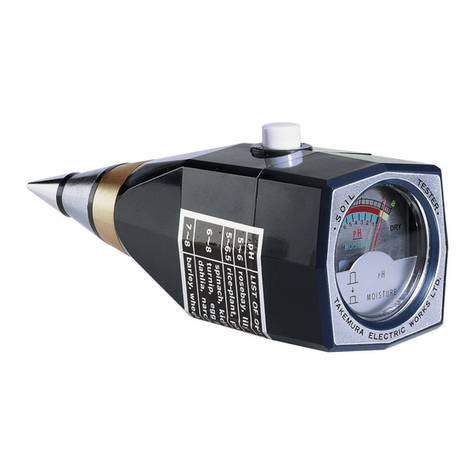
SafetyPrecautions
The following safety precautioos should be obsewed before using this product and any asno-
ciated instrumcntatioo. Although some inrtromeots and accessories woold nonnally bo used
with nowhazardous voltages, there arc situations wberc hazardous conditions may be present.
This product is intended for use by qualified personnel who rccogoiu: shock hazards and are
familiar with tbc safety pnxaotions rcqoircd to avoid possible injuly. Read lbe operating it]-
formation carefully before using the product.
‘The types of product users arc:
Kesponsiblc body is tbe iodividunl or group responsible for the USCsod owinleoaoce of
equipment, for ensuring tlnt the equipment ia operated within its spccilications and operat-
ing limits, and for ensuring that operators are adequately trained.
Operators use the product for its intended function. Tbey most be trained in electrical safety
procedures and proper use of the iostrument. ‘lhey most be protected from electric shock and
~onmt with hazardous live circuits.
Maintenance personnel perform mutioe procedures oo the product to keep it operadog, for
example, setting the hoc voltage or replacing consumable materials. Maintenance proccdurcs
am dcacribed in the manual. The procedures explicitly state if the operator ~nay perform them.
Othcrwisc, they should be performed only by senice pcnonoel.
Service personnel are trained to work on live circuits, sod perfoonn safe installations sod re-
pairs of products. Ooly properly trained setvice personocl may perform installation and scr-
vice procedures.
Exercise extreme caution whco a shock hazard is present. Lethal voltage may be present on
cable coonector jacks or test fixtures. 111~American National Standards lostitute (ANSI)
stam that a shock hazard exists wheo voltage levels greater than 30V RMS, 42.4V peak, or
60VDC are present. A good safety practice is to expect that hazardous voltage is present
in any unknown circuit before measuring.
Users of this product must be protected fmm electric shock at all timer. The responsible body
must eosum thtatwets aw pwented a.cce~saod/orinsulatcd from every connection point. lo some
cases, conoectiuns most be exposed to potential buman cootact. Product usa io these circuo-
stances must be trained to protect themselves from the risk of electric shock. If the circuit is ca-
pable of operating at or abovc 1wO volts, no conductive part of the circuit may be exposed.
AY described in the Ioteroational Electratechnical Commission (IEC) Standard IEC 664, dig-
ital multimcter measuring circuits (e.g., Keifhley Models 175A, 199, 2OOQ,2COl, 2002, and
2010) are Installation Category II. All other instruments signal tennioals are Installation Cat-
egory I and must oat be conoected to mains.
Do not conoect switching cards directly to unlimited power circuits. They are inlendcd to bc
used with impedance limited sources. NEVER connect switching cards directly to AC mains.
Wheo conoccting sources to switching cards. iostall protective devices to limit fault current
sod voltage to tbc card.
Before operating ao instrument, make sure the line cord is connected to a properly grounded
power receptacle. Inspect the connecting cables, test leads, and jumpers for possible wear,
cracks, or breaks bcforc each oso.
For maximum safety, do not touch the product, test cables, or any other instrumcots while pow-
er is applied to the circuit under test. ALWAYS remove power from the entire test system sod
dischuge soy capxitors before: coooccting or disconnecting cables or jumpers, installing 01




















